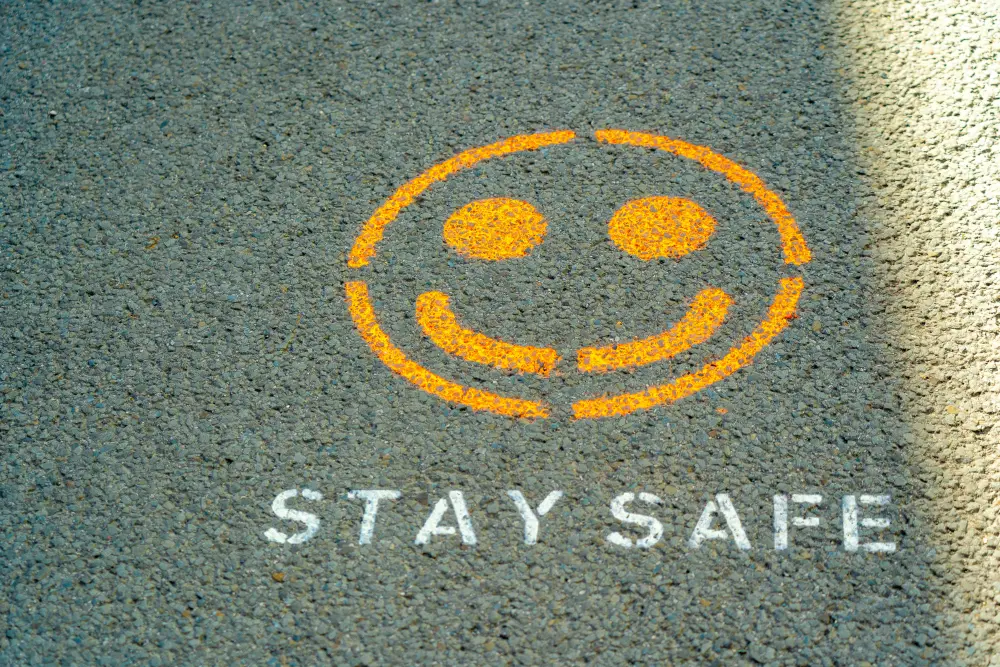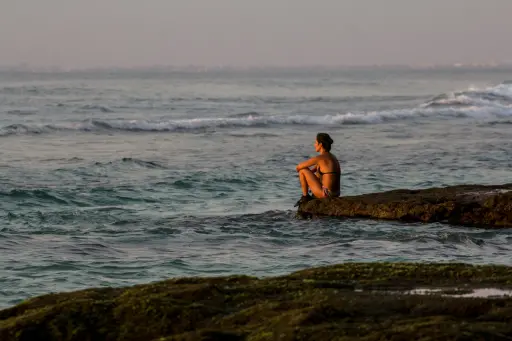With pandemic memories fresh, towns' voluntary curfew to prevent spread of lethal mosquito-borne virus draws ire.
By published
Concerns over outdoor activities being restricted in the evening due to a dangerous mosquito-borne virus are not unprecedented, yet the public response has intensified this year. Past instances in 2005, 2012, and 2019 saw towns across Massachusetts and Connecticut encouraging residents to limit outdoor exposure during outbreaks of eastern equine encephalitis (EEE) without much objection.
However, the recent advisory from officials in Oxford, Massachusetts, to cease outdoor pursuits by 6 p.m. until the end of September—and by 5 p.m. in October until a hard frost—provoked significant community dissatisfaction. Nearly 200 individuals attended a recent town meeting to voice their concerns.
Philip Davis, president of Oxford’s Little League, noted the difference in public sentiment compared to the prior EEE warnings. He expressed that many in his community are weary from past restrictions. “We felt like we were all done with being confined after Covid. There’s a point we want to return control to parents,” he stated.
EEE is transmitted to humans via infected mosquito bites, often leading to severe neurological issues. Initial symptoms may include severe headaches, high fever, and vomiting, which can escalate to disorientation and seizures. While severe cases are rare, around 11 infections are reported annually in the U.S., according to the CDC. This year, four cases have been confirmed across several states, and a fatality was recently reported in New Hampshire.
Mosquito activity is highest around dusk and . Dr. Kristy Murray, an authority on mosquito-borne diseases, acknowledged the gravity of the situation. She referenced a devastating outbreak in Massachusetts in 1938 that resulted in 25 deaths, mostly among children, suggesting that health authorities are keen to prevent a recurrence.
Lori Freeman, CEO of the National Association of County and City Health Officials, highlighted the benefits of a curfew, noting that it reduces mosquito exposure during peak hours and raises public awareness about the risk. Furthermore, it allows time for mosquito control measures, such as aerial spraying, to be conducted safely.
Massachusetts state epidemiologist Dr. Catherine Brown admitted that recommended curfews are generally unwelcome but essential for a comprehensive prevention approach that includes using repellents and protective wear. She acknowledged the potential adverse effects on children’s well-being and advocated for maintaining a balance.

On August 16, Oxford and three other towns were designated as critical risk areas after a local resident and a horse tested positive for EEE. The virus has a mortality rate of approximately one in three and can leave 50% of survivors with long-term neurological issues.
Despite the public alerts, many parents are resistant to the curfew. A petition opposing the guideline has garnered over 880 signatures. ER nurse Cambria Macki expressed concern for her children's mental health, arguing that sports and outdoor activities have offered normalcy post-Covid. She advocated for alternative protective measures instead of restricting outdoor play.
Macki has engaged in fervent discussions regarding the risks posed by EEE compared to the potential negative impact on youth mental health and points to rising youth suicide rates. “For many children, sports provide an essential escape from their challenging home situations,” she remarked.
Oxford’s public health director, Rike Sterrett, recognized the profound impact of the pandemic-induced restrictions on families but clarified that the curfew remains a voluntary guideline. While schools are encouraged to heed the advisories, they continue to hold activities, adjusting schedules rather than canceling them. Groups wanting to use city fields after hours can do so, provided they agree to a waiver acknowledging the risks involved.
Davis indicated ongoing discussions with local officials to seek adjustments to the recommendations. He noted the discrepancy with state guidelines aimed at prohibiting outdoor activities strictly from dusk to , emphasizing that the local curfew begins too early.
For example, on a recent evening, dusk was projected around 8 p.m., making the 6 p.m. cut-off significantly more restrictive. Davis mentioned that his Little League is prepared to comply with the necessary waivers to allow practice on the fields post-curfew, planning to conclude activities earlier to prioritize safety.
More news




